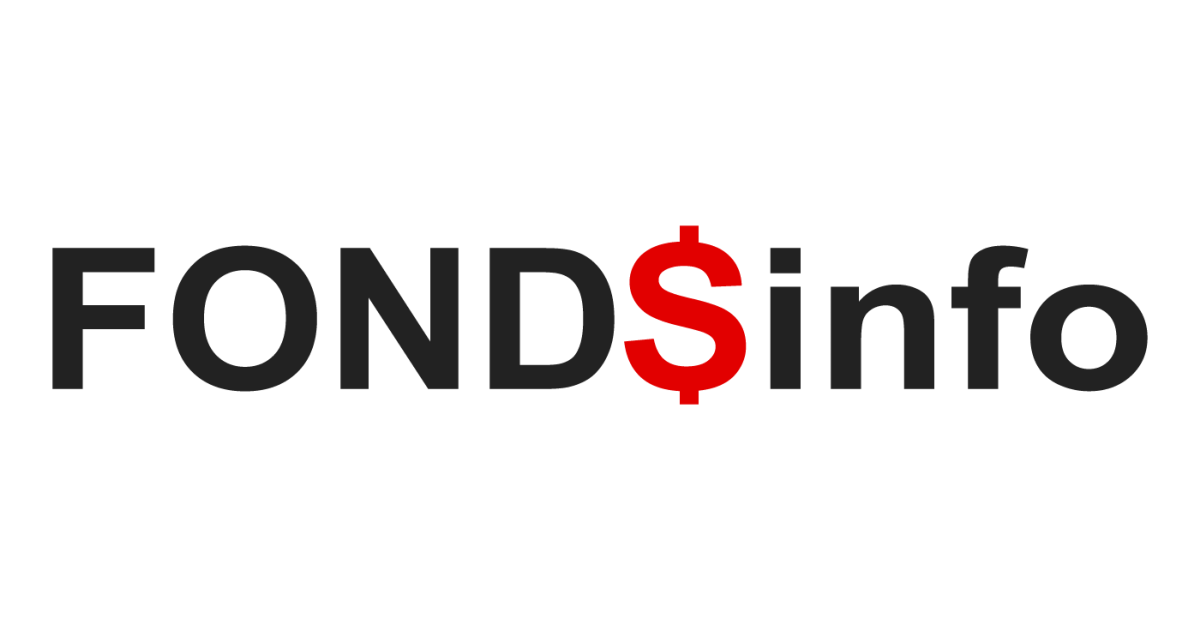So far, 2025 has been a strong year for equity markets, despite headwinds from rising trade tensions and geopolitical risks. Nevertheless, the rally in gold and the sharp decline of the US dollar suggest that investors remain cautious about risk exposure. As focus shifts toward 2026, optimism in Europe is growing, supported by a cyclical recovery, an accommodative monetary policy, and increasing fiscal stimulus—particularly from Germany. These factors should temporarily narrow the growth gap with the United States, paving the way for stronger performance by European equities. This is the view of Christoph Berger, CIO Equity Europe at Allianz Global Investors.
 Chrstoph Berger |
Strong performance in equity markets
Equity markets have delivered impressive results this year. The euro-denominated Stoxx 600 has risen by 13% so far, while the dollar-based MSCI World, S&P 500, and MSCI Emerging Markets indices have gained 19%, 17%, and 30% respectively. However, for European investors, the picture is less favorable: the euro’s appreciation against the US dollar has reduced foreign returns by roughly 12%. In local currencies, European and emerging markets stand out as the clear outperformers of the year.
Gold rally signals caution
Despite these robust performances, risks remain. Gold – traditionally viewed as a safe haven in times of uncertainty – has staged an impressive rally, yielding over 50% in US dollars. This surge has been driven largely by central bank diversification away from dollar-denominated assets, concerns about US debt sustainability, renewed rate cuts by the Federal Reserve, and persistent geopolitical tensions. In contrast, oil prices have trended lower, reflecting both rising supply – as OPEC+ modestly increases production – and ongoing doubts about global economic strength.
Uncertainty persists, but outlook remains positive
The global economy appears to have absorbed the trade tariffs introduced by President Donald Trump without major disruption. However, uncertainty surrounding US trade policy continues to weigh on global growth. Against this backdrop, we remain positive on European equities in the short to medium term. Corporate earnings prospects are improving, and leading indicators – such as Purchasing Managers’ Indices (PMIs) – continue to signal expansion. This is supported by accommodative monetary policy and targeted fiscal measures, particularly in Germany. Any market corrections, therefore, should be viewed as attractive buying opportunities.
2026: Acceleration in European earnings growth
We are currently in the midst of earnings season, with more than half of Stoxx 600 companies having reported their results. Overall, outcomes have been mixed, and earnings forecasts have been slightly revised downward. However, analysts do not yet seem to fully factor in the negative impact of a weaker dollar on European firms, around a quarter of whose revenues come from the United States.
More importantly, the focus is shifting to the future. In 2026, earnings growth among European companies is expected to accelerate to around 12%, as currency pressures ease, the impact of US tariffs diminishes, and the macroeconomic environment improves. This should narrow the growth gap with US equities – where earnings growth is forecast around 14% – marking a potential turning point after years of American market dominance.
Attractive valuations
Although European equities have outperformed US stocks in local-currency terms this year, valuations remain compelling. The MSCI Europe currently trades at a price-to-earnings ratio of 14.9x, compared with 22.5x for the US – a 34% discount, well above the historical average of 19%. Small- and mid-cap stocks appear particularly attractive: they tend to benefit more from lower interest rates, have a stronger domestic focus, and are therefore less exposed to currency and tariff risks.
Investor positioning in European equities also remains relatively light. A visible economic recovery or easing geopolitical tensions – such as progress in the conflict in Ukraine – could serve as key positive catalysts. Given the combination of attractive valuations, improving earnings outlooks, and underexposure to European markets, the long-term outlook for European equities remains favorable.



